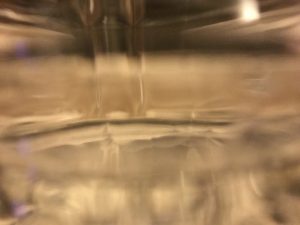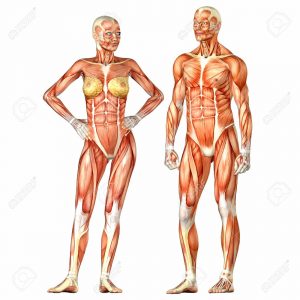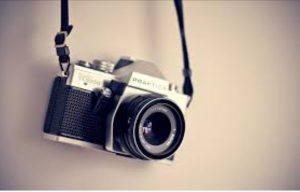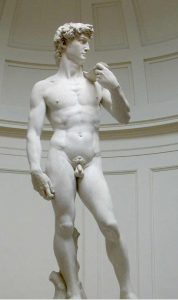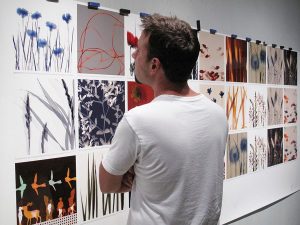During this unit there was a lot of emphasis on formal analysis. Formal analysis asks to look at the painting for physical elements like line, color, composition, and size as well as understand the historical contexts behind its origin. Once both aspects of the painting is considered the the art can be better understood to a viewer. As a class we looked at the painting “Venus of Urbino”, and we were able to analyze the picture through careful observations and discussion. We also went into thinking about pedagogy and power in relation to the banking model of teaching. It was really a great way for us to open our feelings of traditional pedagogy and how we can innovate it. I think understanding formal analysis will be the foundation of this class, and it will be a concept carried throughout the course. It is also important that we had the opportunity to discuss pedagogy and power since we can try to move away from the harms of it and be a little more independent in our critical analysis.
Analyzing an artwork through the critical eye helps to reveal so much information about the picture that may be unknown at first sight. The time spent looking at the artwork is the viewers experience of the artist and the artwork. This unit really delved into the idea that a picture is worth a thousand words. The artist has the freedom to express his or her thoughts into an artwork however, the fascinating part about art is that it is subjective. Subjectivity of the artwork makes it not limited by boundaries or definitions. Formal analysis is the tool used to understand it but in the viewer’s own perception and conclusions. This makes the art experience a more spontaneous adventure, giving a possible equal responsibility to the artist and the viewer.




